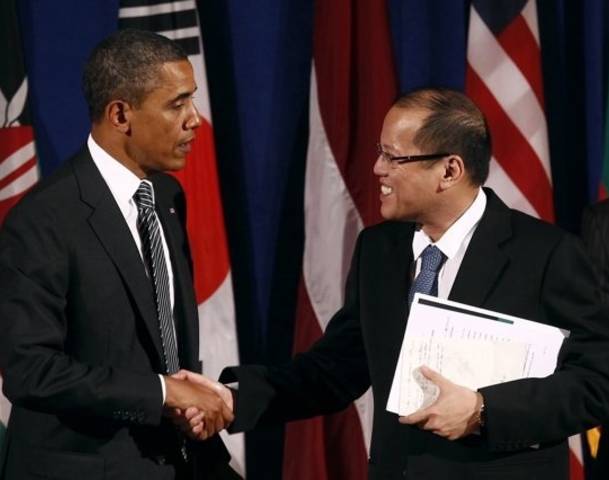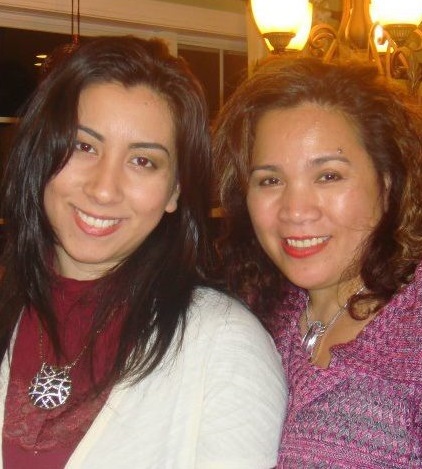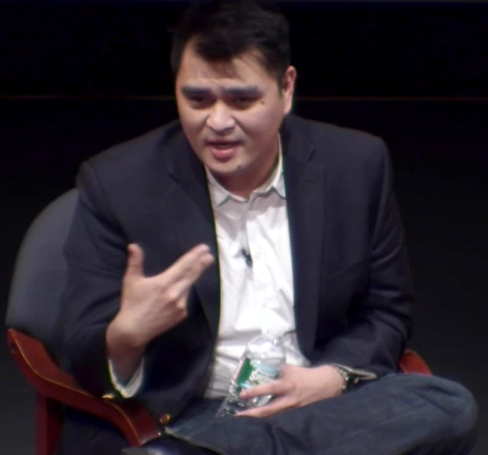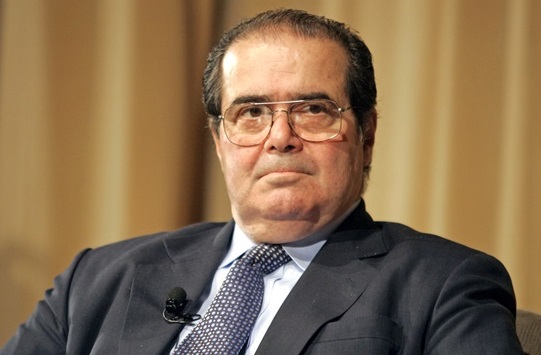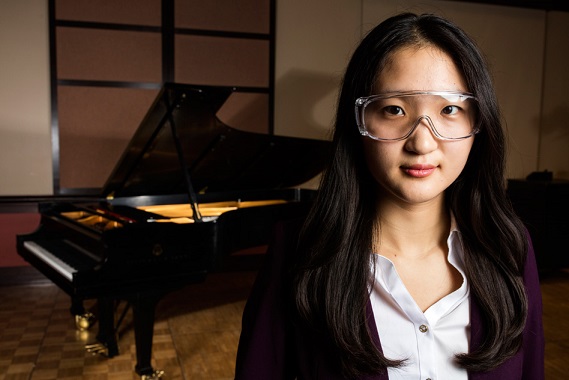Ban alcohol ads on NYC trains and buses, urge advocates, residents
More than 50 community advocates, faith leaders, public health practitioners, and young people joined together at City Hall on June 29 to call for the removal of alcohol advertising from NYC public transit.
This event – organized by the Building Alcohol Ad-Free Transit (BAAFT) campaign – kicked off a series of activities that BAAFT and its partner organizations across the five boroughs will be holding all summer long to draw attention to the problem of alcohol ads on NYC transit.
“A subway car or station is no place for alcohol advertisements,” said NYC Council Member Daniel Dromm (D-Jackson Heights, Elmhurst). “Too often, these ads are placed side by side with ads for video games and animated movies. This practice is wrongheaded and may encourage underage drinking, putting our children’s’ health and safety in jeopardy. I am proud to join community leaders in calling on the MTA to remove alcohol advertisements from our public transit system.”
Council Member Daniel Dromm has sponsored a NYC Council resolution calling on the MTA to remove alcohol advertising from the NYC public transit system. He spoke passionately at the event about the problem of underage drinking, including the fact that such drinking is not a harmless rite of passage, but can cause irreversible brain damage.
Kylie Cortez, a youth leader with the Forward South Bronx Coalition said, “The alcohol advertising on NYC public transit has unjustly affected communities of color, especially in the Bronx.” She added, “Our young people deserve healthy public transportation, not to be targeted and tempted into drinking underage.”
Other speakers noted the research confirming that alcohol ads contribute to youth drinking, with Dr. Kavitha Das of the Public Health Association of NYC (PHANYC) explaining how alcohol ads often glamorize drinking and lead young people into that behavior.
Faith leaders from the Christian, Jewish and Muslim communities also added the perspectives of their traditions.
Chris McKay, Youth Minister from the Bronx Church of God of Prophecy, said, “We won’t stop until we’ve passed this resolution, and gotten the MTA to remove these alcohol ads. This summer is just the beginning.”
Filipino Americans who live and work in NYC weighed in from a family-oriented perspective.
Media marketing executive Grace Labaguis said a ban is never a straightforward decision. Advertising from companies, including the alcohol beverage industry, helps the city’s economy and creates jobs.
However, she is against “ads that are false, deceptive, provocative and in some way targets a vulnerable audience.”
“These kinds of advertisements have psychological effects on minors that leads to sex and violence. It would help if the ads are scrutinized before they are published,”
she said.
Labaguis also suggested that government impose higher taxes if it wants to discourage ads, like tobacco and alcohol, likely to influence young minds.
“With everything that’s going on in this country, I think the parents are still the biggest source of information. It is still our responsibility to open communication with our children about drugs and alcohol,” she said.
Manhattan resident Melissa Alviar, who works for an entertainment establishment, supports the ban on alcohol ads not just on buses and trains but also on television. However, she disputes the notion that advertising drives underage drinking.
“No matter how the alcohol ads are targeted there’s a possibility that kids will still be attracted to drinking. There will always be kids who get excitement on doing what is forbidden,” she said.
The Building Alcohol Ad-Free Transit is a citywide coalition advocating for the health and safety of NYC youth by removing alcohol advertising from the subways, buses, and property of the NYC public transit system. Over 160 organizations from across the five boroughs have signed on in support of BAAFT’s goal – including faith-based organizations, hospitals, medical associations, public health practitioners, LGBT centers, schools, settlement houses, community coalitions, prevention and treatment providers, and small businesses.


